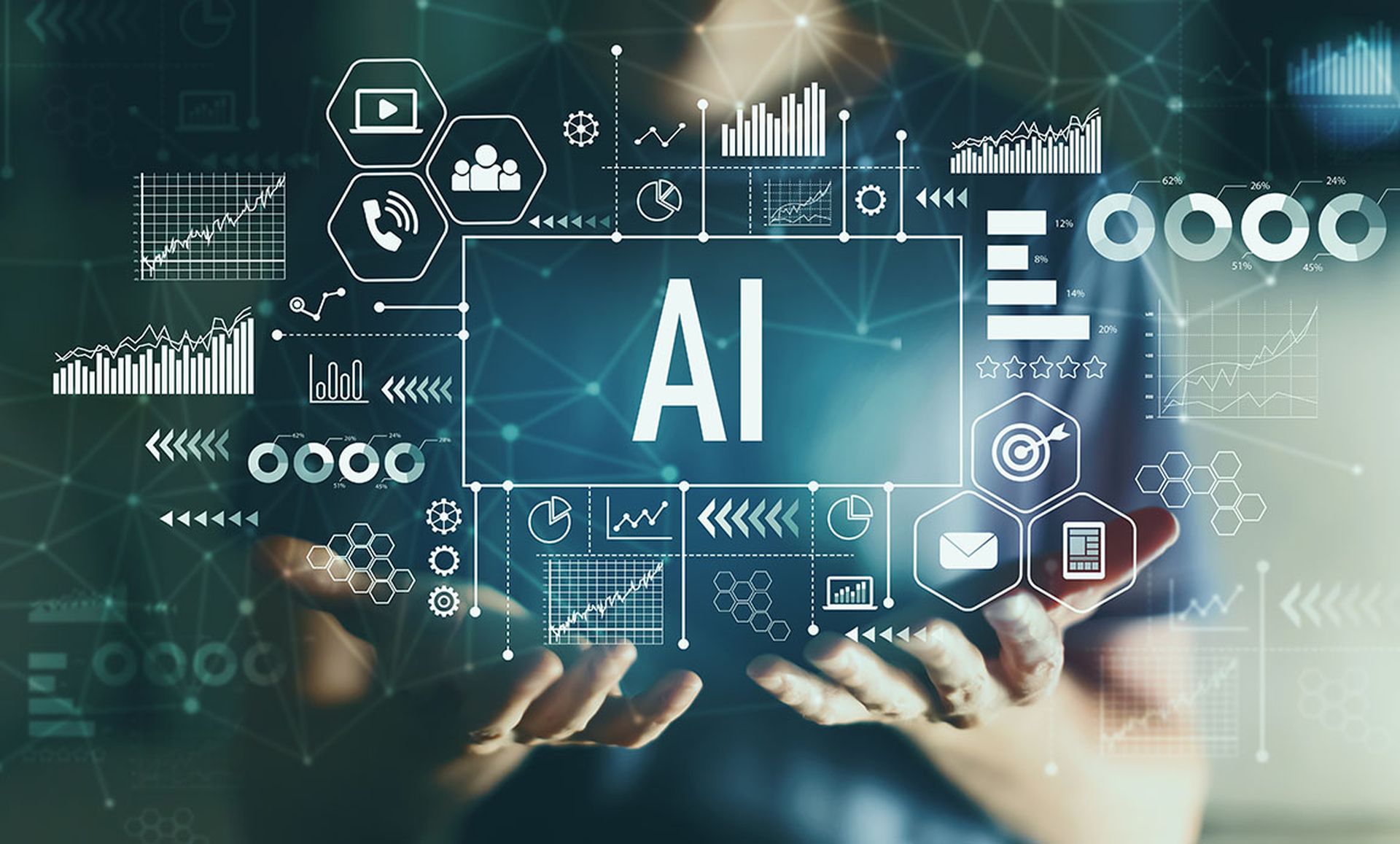Cybercriminals live on the cutting edge of technology, and nothing fits the label more than artificial intelligence. It helps them design sophisticated, evolving malware, pose as higher-ups, and even successfully imitate biometrics like one’s voice.
The use of AI in cybersecurity has developed as a natural response to these new and unpredictable challenges. How are cybersecurity experts using artificial intelligence to thwart the bad guys? The following eight use cases will tell you all you need to know.
1. Threat Prevention and Preemption
It's not uncommon for businesses and organizations to be under persistent attack. Cyber threats can burrow deep into their networks and spread chaos for months before detection. Since AI models have large datasets of past behaviors to draw on, they can spot anomalous behavior far more quickly.
Preventing attacks before deployment is among cyber security’s most desirable goals. If you have the right information, it can become a reality. For example, a cybersecurity team can use a proxy network to regularly scrape the contents of forums and other sites dedicated to hacking. They may then act on the gathered info and meet future attacks head-on.
2. Timely Incident Response
Not even an AI-enhanced cybersecurity framework can stop all incoming attacks. Someone might connect an unsanctioned device, or an update might contain malicious code. Either way, a robust cybersecurity AI can respond to such incidents promptly, blocking or deleting the offending actors.
3. Data Protection
Data is the basis on which modern economies operate. Whether you obtain it through web scraping API, surveys, as part of your day-to-day operations, etc., the data you collect needs powerful safeguards. AI can help by classifying and automatically encrypting it. Access control is another process you can automate, as is compliance with data protection laws like the GDPR.
4. Endpoint Security
Endpoints like PCs or smartphones are gateways between secure company networks and the internet. Antivirus and antimalware software are traditional means of protecting these endpoints. They, too, must develop to meet the constantly evolving threat.
Virus and malware protection used to rely on lists of previously identified threats. These are ineffective since AI-shaped malware can bide its time before deploying or pose as an innocent system process. AI lets these security tools adopt a behavior-based approach. Inferring malicious intent based on patterns rather than past documented viruses and malware means the cybersecurity tools you implement can confidently deal with emerging and even mutating threats.
5. Spam and Phishing Prevention
Sniffing out the spam that threatened to choke millions of early 00s email accounts was among the first large-scale implementations of AI and machine learning specifically. Spam still bombards us daily, but AI algorithms have become even more sophisticated in identifying and relegating it to the trash.
Phishing is another old cyber threat that AIs, or rather large language models, are revitalizing. Recognizing it used to be trivial, especially since the senders weren’t linguistically skilled enough to craft convincing messages. AI-driven phishing scams are more convincing since they mimic human expression better. Then, fighting fire with fire produces excellent detection and prevention results.
6. Advanced Multi-Factor Authentication
Passwords vary wildly in strength, from unique and complex ones that offer real protection to weak variations on themes hackers can bypass in seconds. Sadly, not even the most robust passwords are immune to theft or being compromised. MFA is a second safeguard designed to prevent someone who copied or stole your password in a breach from accessing the associated account.
Conventional MFA remains effective, but hackers are starting to leverage AI to bypass it. This applies to conventional authentication codes and biometrics as well. Luckily, AI has a leading role in revolutionizing how we approach biometrics.
For example, keystroke dynamics lets the AI authenticate a user based on learned typing idiosyncrasies. Keystroke is part of a broader set of behavioral biometrics encompassing other behaviors like mouse cursor movement, screen tapping pressure in the case of smartphones, etc.
7. User Profiling
While not authentication in the conventional sense, in-depth user profiling is another security measure made possible through machine learning. It works by analyzing individual users and their expected behaviors. For example, a user may frequently access the same directory or only use a handful of services.
Changes in this behavior might be benign, but they could also indicate a malicious insider or an account takeover.
8. Fraud Detection
A secure payment gateway is the main prerequisite for any reputable online business. Bad actors may want to exploit its weaknesses and conduct fraudulent transactions. AI’s uncanny pattern recognition abilities come in handy here as well. An AI can assess large transaction volumes, identifying outliers while letting regular payments through unhindered.
These are the most prospective use cases for AI in cybersecurity. We hope you found something useful.
Blog courtesy of AT&T Cybersecurity. Author Anas Baig is a product manager at Securiti.ai. Regularly contributed guest blogs are part of MSSP Alert’s sponsorship program. Read more AT&T Cybersecurity news and guest blogs here.




